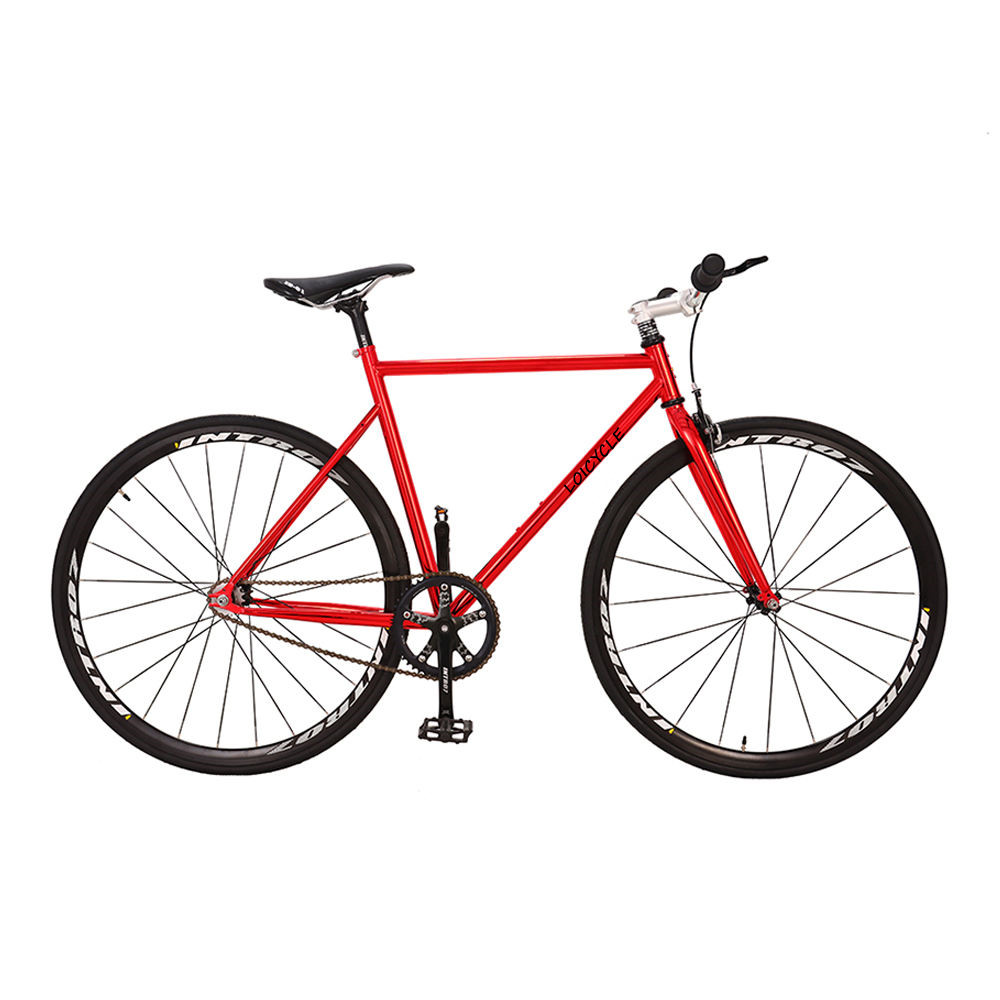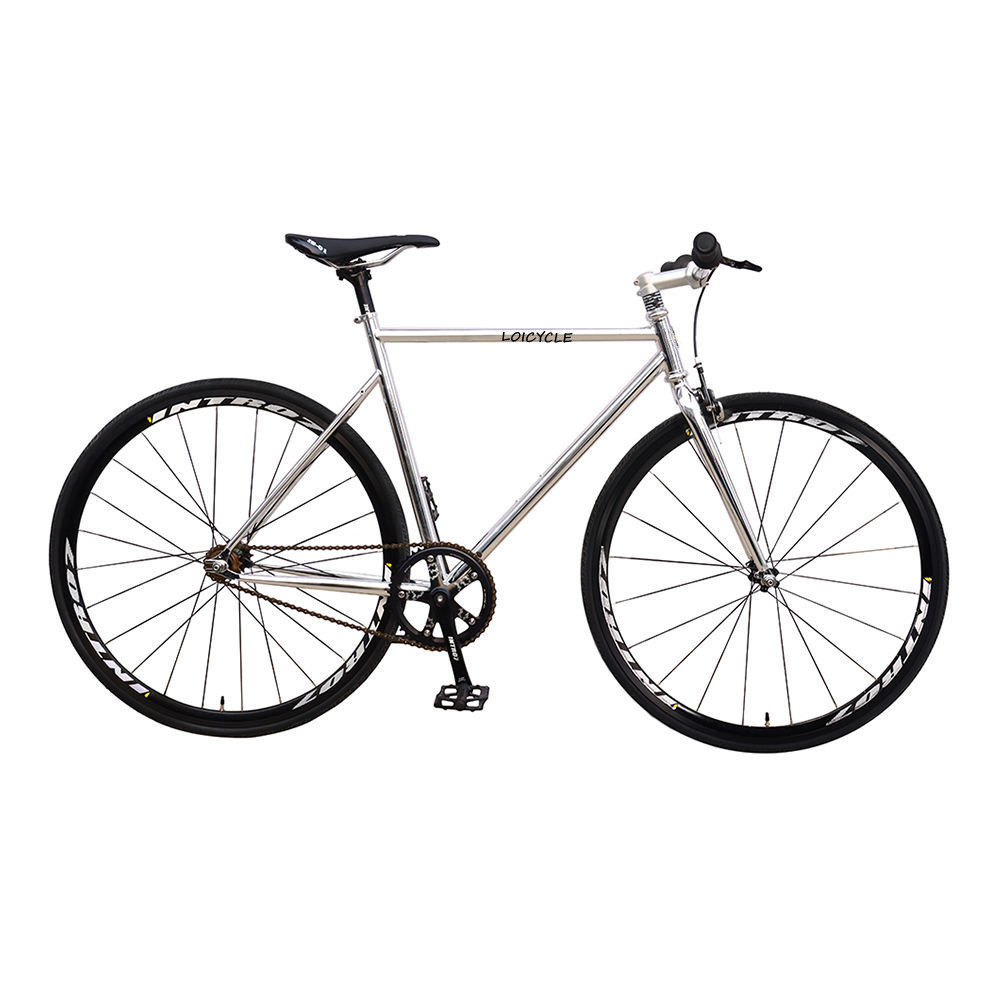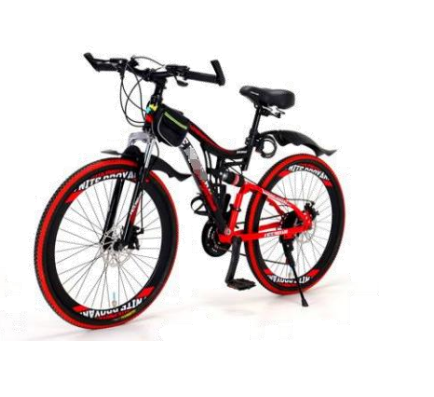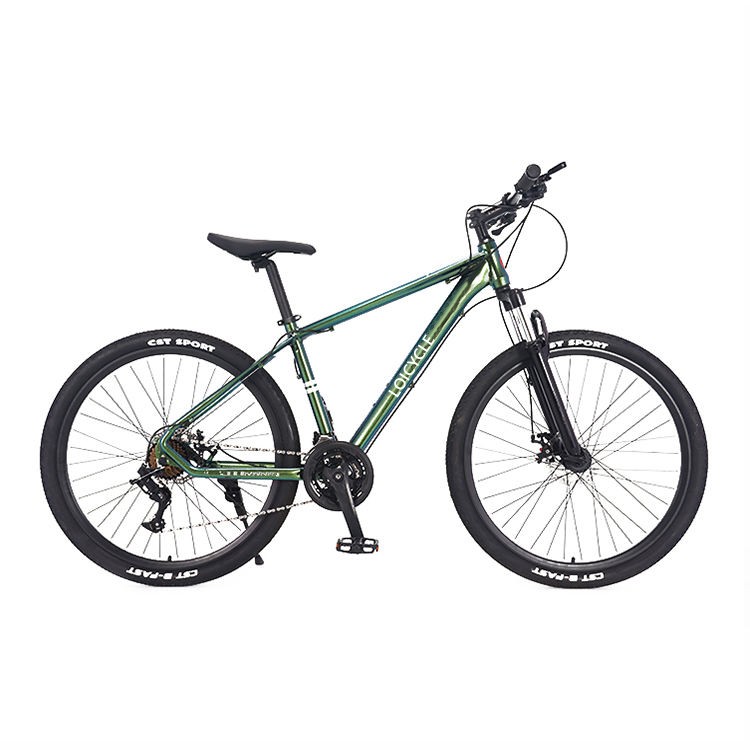Long rides have always been a test of endurance, and choosing the right bike can significantly impact the overall experience. While the cycling world is dominated by multi-geared wonders, fixed-gear bikes have been gaining popularity among enthusiasts for their simplicity and unique riding experience. In this article, we delve into the question: Is a fixed-gear bike a suitable companion for long rides?

The Simplicity of Fixed Gear:
Fixed gear bikes, often referred to as “fixies,” boast a minimalist design. Unlike their multi-geared counterparts, these bikes have a single gear ratio, meaning the pedals are directly connected to the wheel. This simplicity offers several advantages for long rides.
Low Maintenance:
Fixed gear bikes have fewer components, resulting in less maintenance. With no derailleurs, shifters, or complex gear systems, there are fewer parts prone to wear and tear. This makes fixed-gear bikes a practical choice for long-distance rides, where minimizing the risk of mechanical issues is crucial.
Lightweight:
The absence of extra gears and components makes fixed gear bikes lighter than their multi-geared counterparts. This weight reduction can contribute to a more agile and efficient ride, especially over extended distances.
Direct Connection with the Road:
Riding a fixed gear bike provides a direct and intimate connection with the road. The continuous pedaling motion without coasting encourages a smoother pedal stroke and a heightened sense of control. This can be advantageous during long rides, promoting better pedal efficiency and reducing the strain on joints.
Challenges and Considerations:
While fixed gear bikes offer a unique and simplified riding experience, it’s essential to acknowledge the challenges they present for long-distance cycling.
Limited Gear Options:
The single-gear ratio of fixed gear bikes can be both a strength and a limitation. While it promotes simplicity, it may become a drawback on varied terrains. Climbing steep hills or maintaining high speeds on descents can be more challenging without the ability to shift gears.
Physical Demand:
Riding a fixed gear bike requires constant pedaling, even when going downhill. This can lead to increased fatigue, especially on extended rides. Cyclists need to be prepared for the physical demand of maintaining a consistent pedal cadence throughout the journey.
Terrain Considerations:
The suitability of a fixed gear bike for long rides depends on the terrain. Flat and rolling landscapes are more forgiving for fixed gear enthusiasts, while hilly or mountainous routes may pose greater challenges.
Conclusion:
In the world of cycling, the choice between fixed gear and multi-geared bikes ultimately comes down to personal preference and the type of riding experience one seeks. While fixed gear bikes may present challenges for long rides, their simplicity, low maintenance, and direct connection with the road offer a unique allure. For those seeking a pure and unadulterated cycling experience, a fixed gear bike might just be the ideal companion for the open road.
We hope you found this bike guide helpful and informative. At Loicycle, our goal is to produce high-quality high-performance mountain bicycles city bicycles, and road bikes. To learn more about the high-performance, custom-sized bikes we build, visit our homepage! https://www.loicycle.com/



